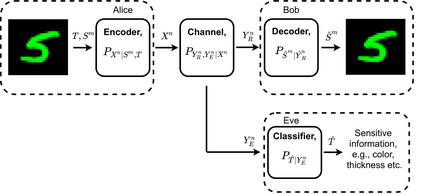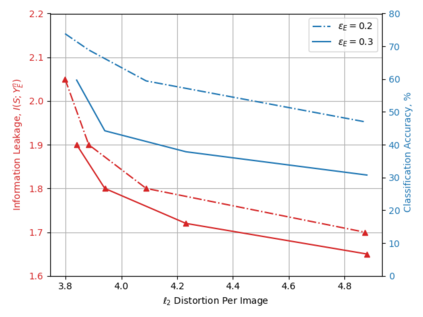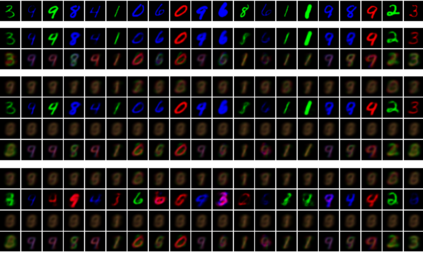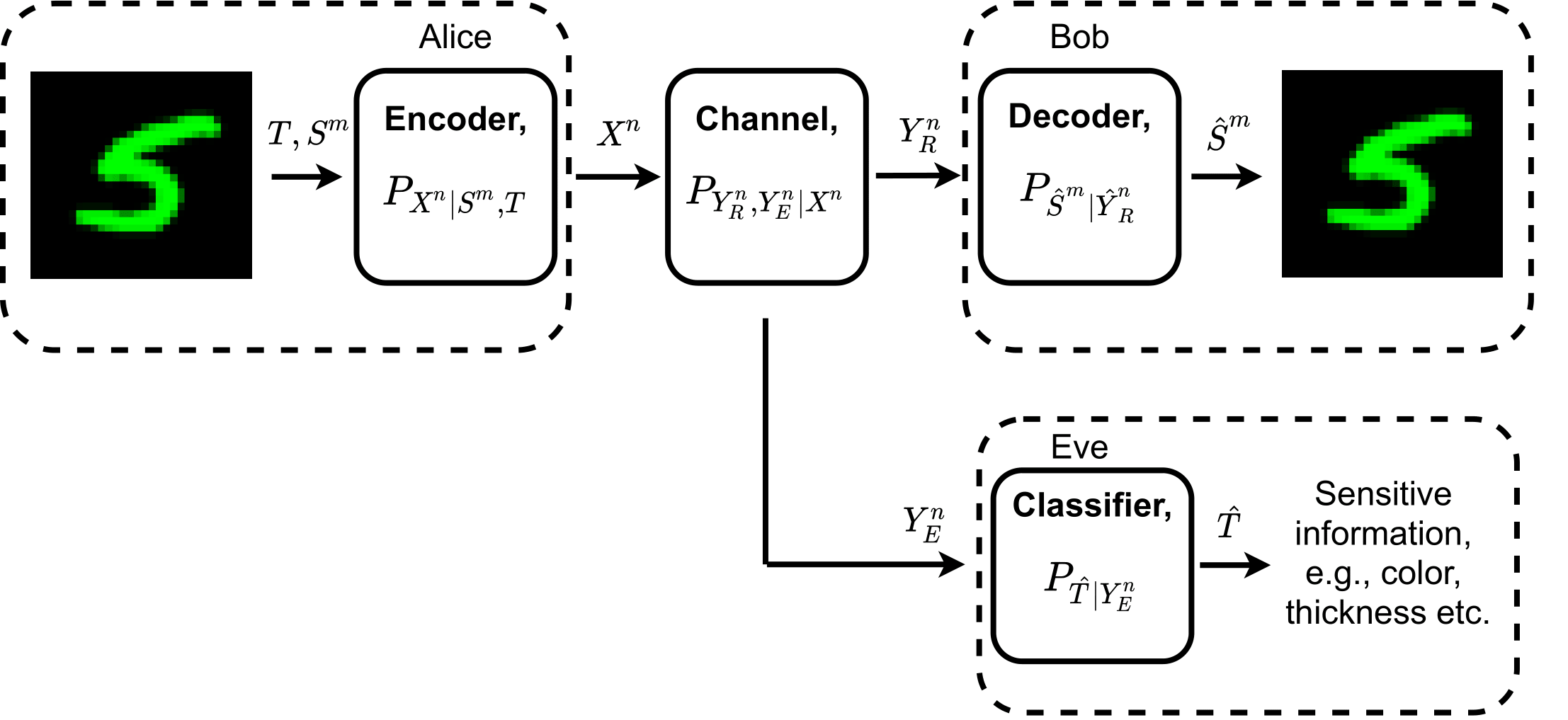We study privacy-aware communication over a wiretap channel using end-to-end learning. Alice wants to transmit a source signal to Bob over a binary symmetric channel, while passive eavesdropper Eve tries to infer some sensitive attribute of Alice's source based on its overheard signal. Since we usually do not have access to true distributions, we propose a data-driven approach using variational autoencoder (VAE)-based joint source channel coding (JSCC). We show through simulations with the colored MNIST dataset that our approach provides high reconstruction quality at the receiver while confusing the eavesdropper about the latent sensitive attribute, which consists of the color and thickness of the digits. Finally, we consider a parallel-channel scenario, and show that our approach arranges the information transmission such that the channels with higher noise levels at the eavesdropper carry the sensitive information, while the non-sensitive information is transmitted over more vulnerable channels.
翻译:我们利用端到端的学习来研究窃听频道的隐私意识通信。 爱丽丝希望通过二进制对称频道向鲍勃发送源信号, 而被动的窃听者夏娃则试图根据爱丽丝来源的被偷听到的信号推断出其来源的某些敏感属性。 由于我们通常无法获取真实的分布, 我们建议使用基于变异自动编码器(VAE)的联合源频道编码( JSCC) 进行数据驱动方法。 我们通过彩色的 MNIST 数据集模拟显示, 我们的方法在接收器上提供了高重建质量, 同时混淆了由数字的颜色和厚度构成的潜在敏感属性的窃听器。 最后, 我们考虑了平行通道情景, 并表明我们的方法安排了信息传输, 使电子窃听器中噪音水平较高的频道能够携带敏感信息, 而非敏感信息则通过较脆弱的频道传输。










